Q&A: Ethan Chen (Orthopedics)
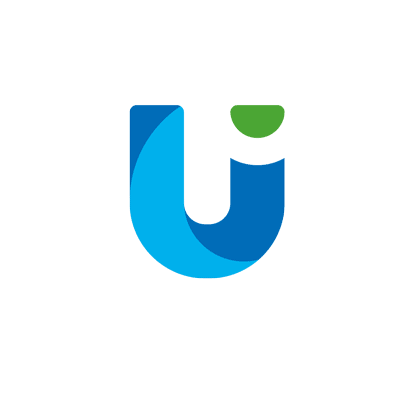

Meet Dr. Ethan Chen, who joined the UP family about a month ago. While he hasn’t been with us very long, he says he ‘already likes everything very much – the colleagues are friendly and everyone is willing to share their ideas, including the older doctors, whom impart experience without reservation.. Even in the national team, I have rarely seen such efficient collaboration among medical teams.”
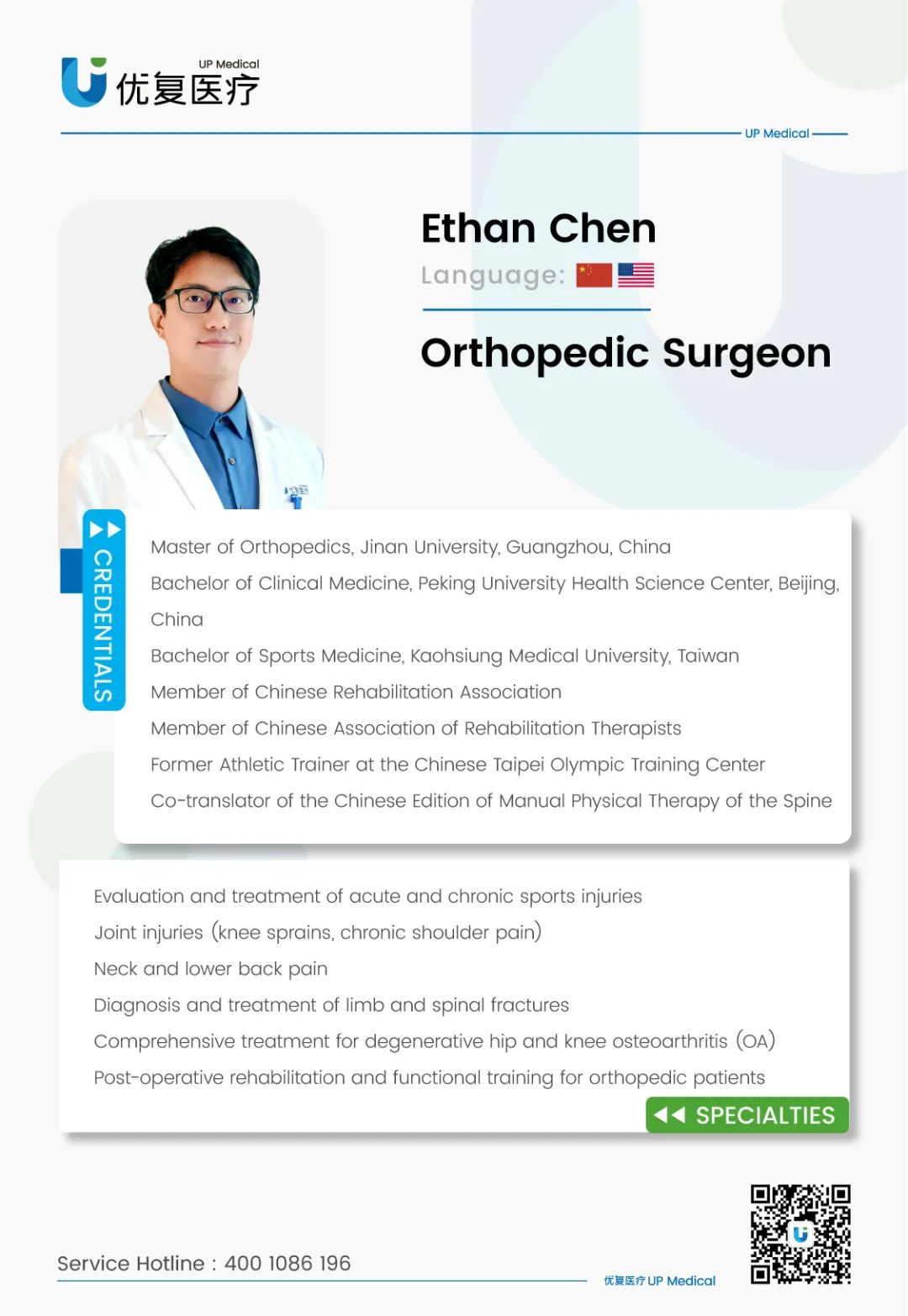
A coffee connoisseur, he also speaks highly of the Jingan coffee machine which is extra motivation for him! He even studied coffee as a hobby! Along with coffee and mixology, he is passionate about sports, like running and Muay Thai, as well as spending time in nature. Originally from Nantou, Taiwan, his family originated from Fuzhou, Fujian, which is where he first found his passion to study medicine. Read on to learn more about Dr. Ethan:
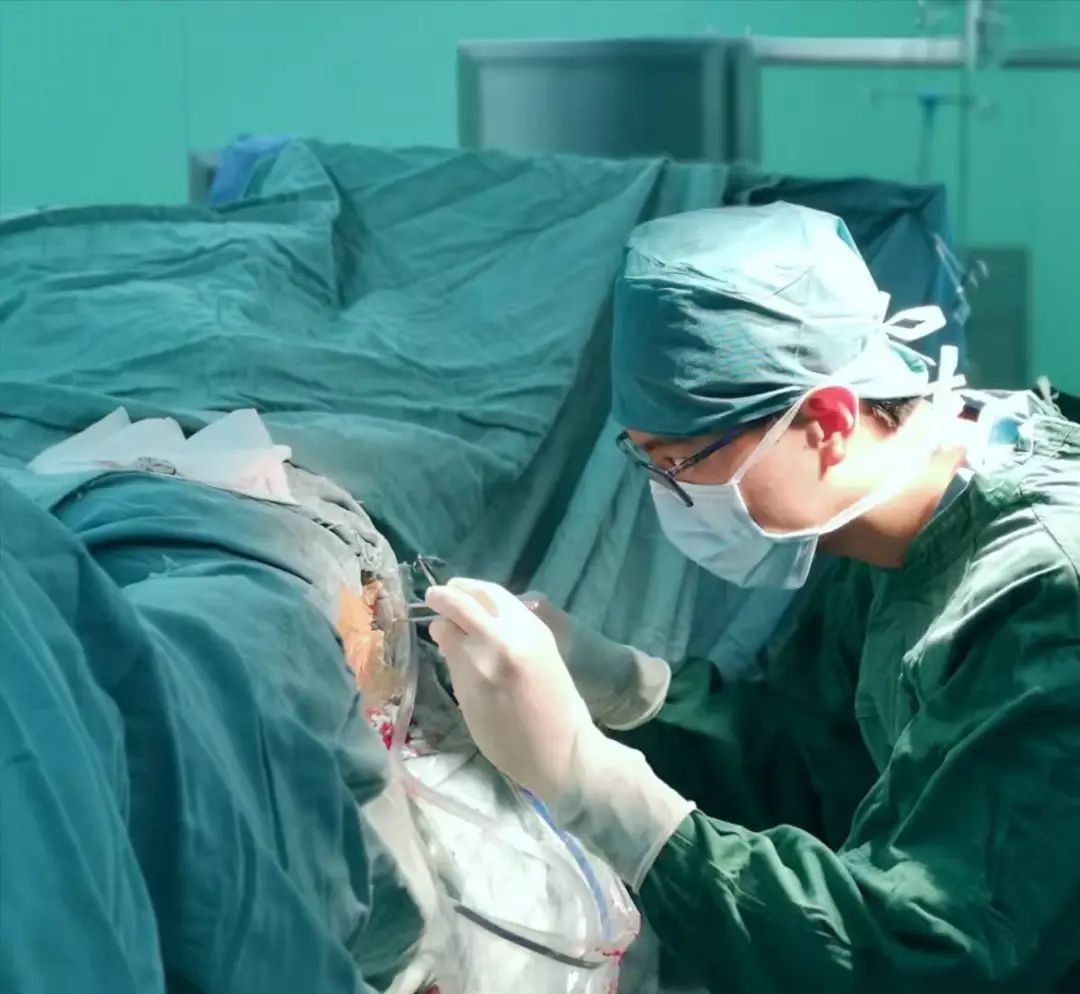

Author / Lauren Dr / 陈榕
UP Medical
Q1
Let’s start from the beginning, where did you begin your background in sports medicine?

I grew up and studied in Taiwan. In 2010, I started at Kaohsiung Medical University to major in sports medicine. It was here that I received my education in sports medicine and was fortunate enough to learn from the most advanced sports science and rehabilitation concepts under the guidance of American professor David Dominguese. This laid a solid foundation for me in the field of orthopedics and rehabilitation medicine.
In 2014, I became an athletic trainer at the Chinese Taipei Olympic Athletes Training Center, and was responsible for the athletic protection of the Taekwondo team in their key medal-winning event. This experience allowed me to put into practice what I learned working with top sports medicine doctors, therapists and exercise physiologists, and being exposed to the rehabilitation and training management of high-level athletes. Although, due to the huge work pressure, when I sleep, I often dream about scenes where I am still treating players. This was a year of rapid growth for me, and it also made me deeply aware of my shortcomings.
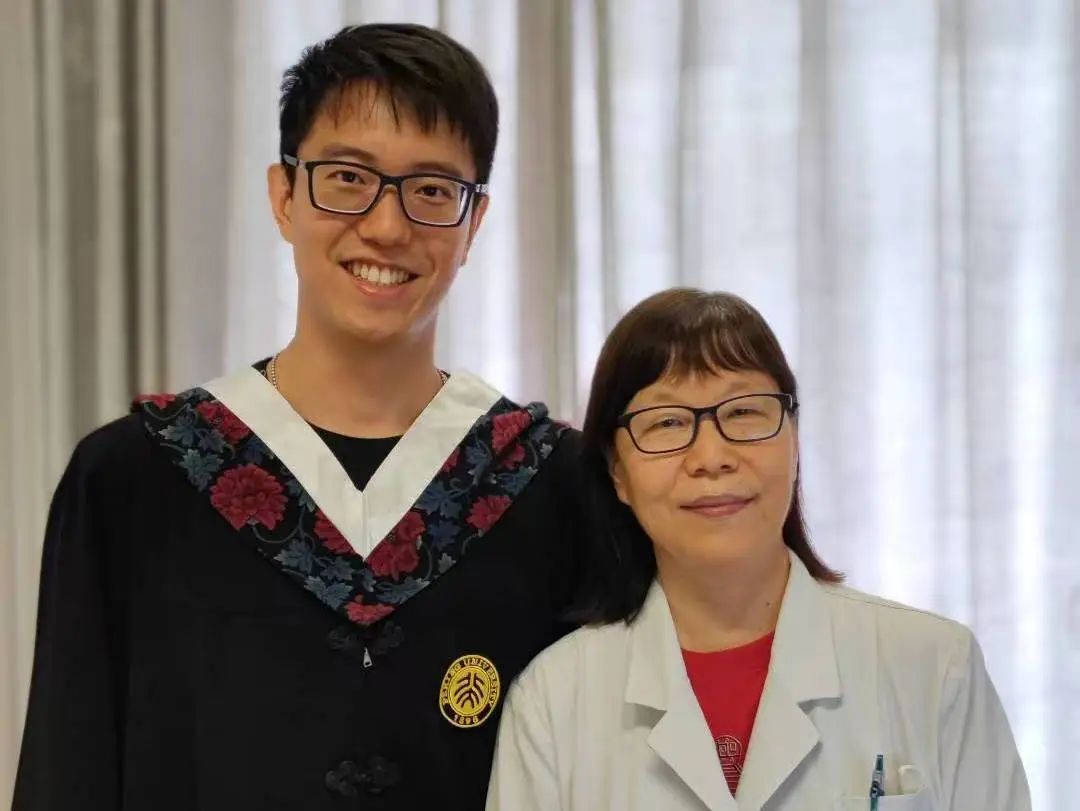
Q2
How exciting to be a part of that experience! But, you continued to study more as a result of the work you did with the Chinese Taipei Olympic Athletes Training Center?
I was so dissatisfied with my current level of knowledge, in 2015 I went to the Department of Clinical Medicine of Peking University to continue my studies. While there, my understanding of human diseases improved dramatically. I studied with Professor Tian Dexiang, an orthopedic expert at Peking University Third Hospital, and Professor Fu Guimin, an expert in rehabilitation medicine. I also studied with Wei Xing, a spinal surgery expert at Peking University Aerospace Center Hospital. Under the guidance of these professors I accumulated rich practical experience. Under the guidance of Director Wei specially, I participated in the translation of two professional medical books, namely “Bone Tumors and Tumor-like Lesions” and “Spine Manipulative Therapy (Third Edition)”, and served as deputy translator in the latter .
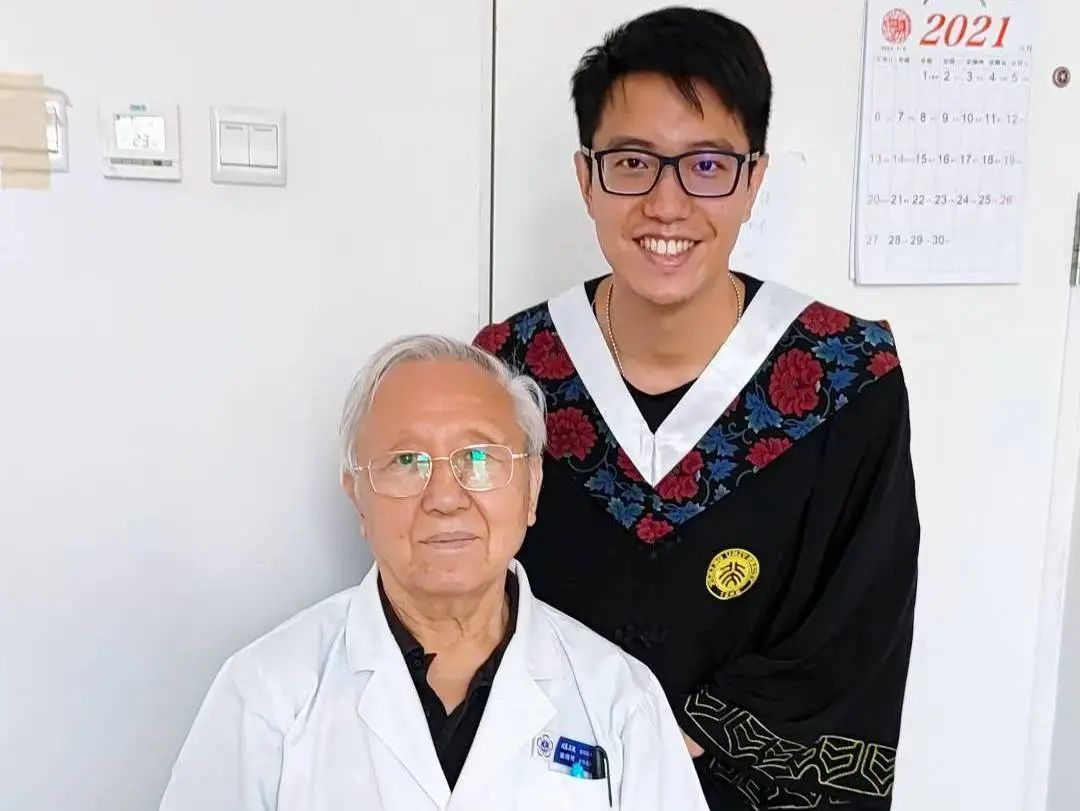
In 2021, I attended Guangzhou Jinan University to study for a master’s degree in orthopedics, with a focus on sports medicine. I studied under Professor Zheng Xiaofei, Chairman of the Sports Medicine Branch of the Guangdong Hospital Association, and completed standardized training for residents during my master’s degree. Under the guidance of my mentor, Dr. Zheng, I not only accumulated a lot of surgical clinical experience, but also achieved many scientific research results, including publishing 1 SCI paper and 3 other journal articles.

Each experience has allowed me to become more of a comprehensive orthopedics and sports medicine doctor. I have always insisted on combining theory with practice to provide patients with the best quality treatment options.
Q3
It sounds like you have a wealth of knowledge from all these experiences. How did you first decide to pursue a career in medicine?
I grew up in a family closely related to medicine. My father is a Chinese medicine practitioner. His gentleness, meticulousness and care for patients deeply influenced me. From him, I learned the benevolence and rigor of a doctor, and from this I developed the desire to help others through medicine.
My younger brother was once a talented track and field athlete and twice broke the men’s 100-meter dash record in Nantou County, Taiwan. However, due to improper training, he was diagnosed with pedicle fractures in three levels of his lumbar spine in high school, which ended his athletic career. This incident made me deeply aware of the fragility of athletes’ sports lives, and also made me secretly determined to study sports injuries, hoping to protect more athletes like my brother and help them pursue their dreams longer.
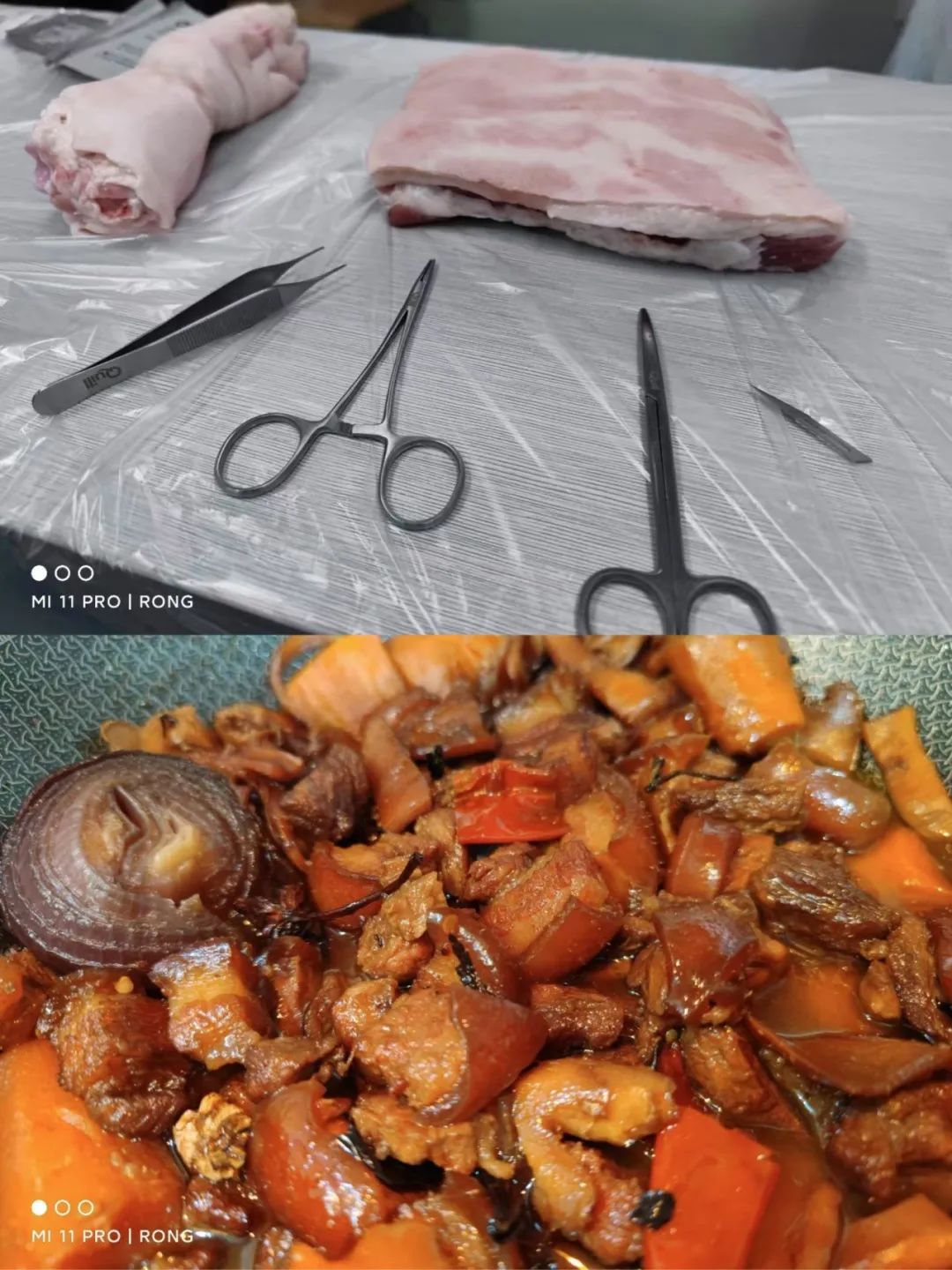
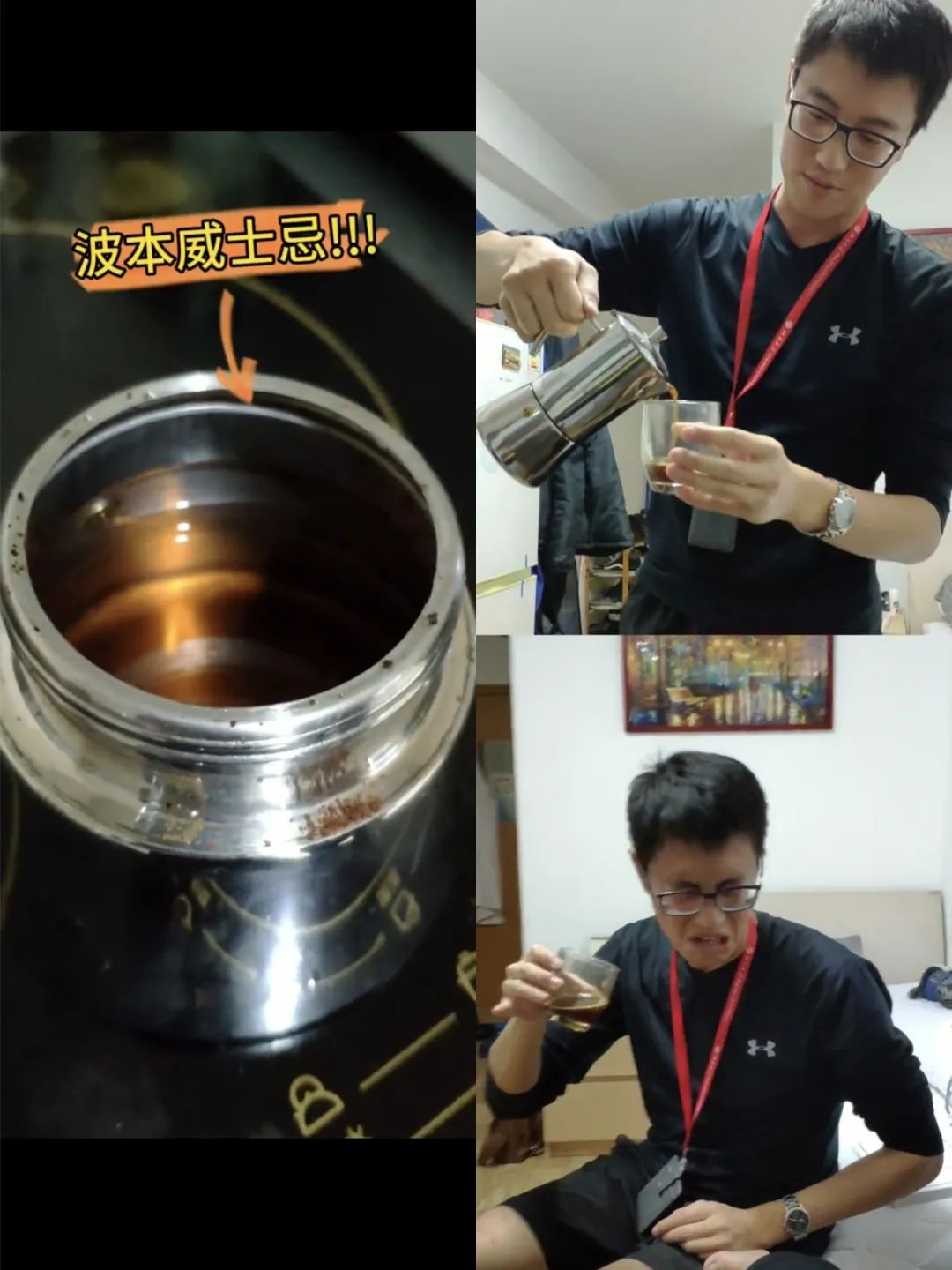
Q4
Wow! That’s true passion. Did you also grow up playing sports
I am also a sports enthusiast. I once suffered a third-degree tear of the anterior talofibular ligament in my right foot due to playing basketball. Fortunately, with my professional knowledge, I underwent a series of physical rehabilitation treatments… although the process was often frustrating. But I’ve fully recovered and can perform high-intensity exercise normally. Three years ago, I even participated in the Beijing Fight Club ring competition and won the championship. Not only was this a mental and physical challenge, it also made me believe even more in the power of conservative treatment and exercise science.
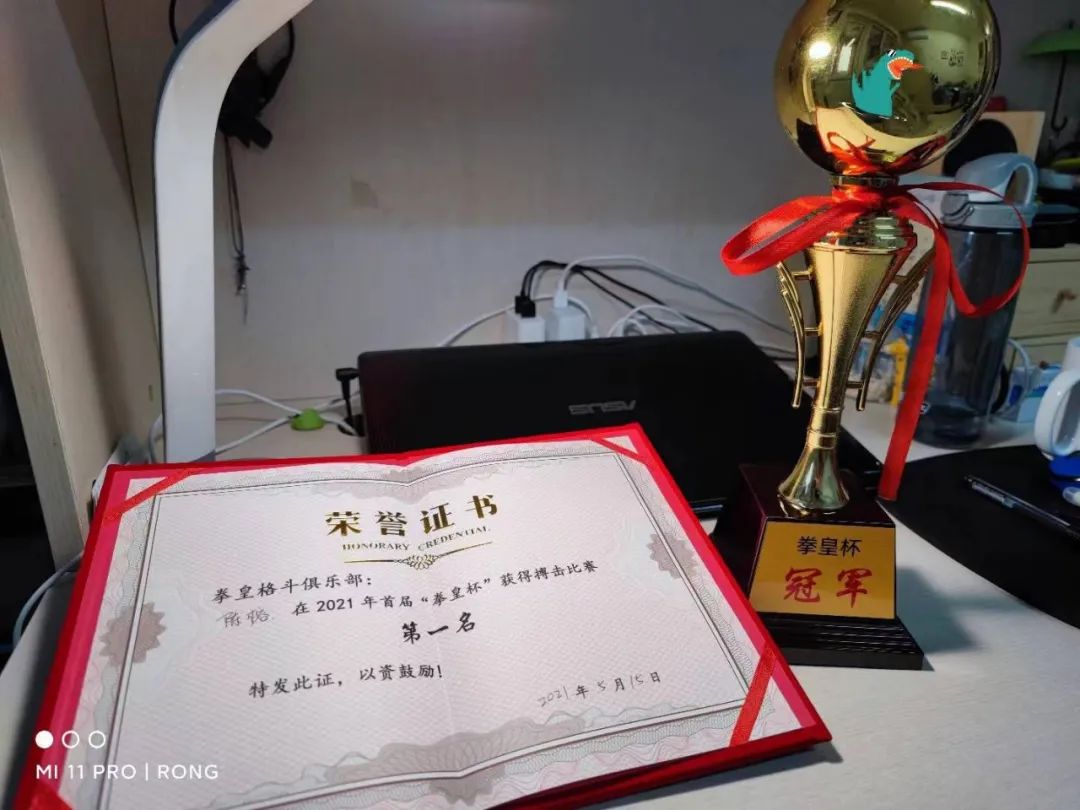
To be honest, I didn’t know my final [career] path from the beginning. But through various inspirations and influences while solving problems, my path grew clearer. Perhaps I am a person who has taken detours in the conventional physician training route, but it is precisely because of these detours that I have created my unique experience and now have deeper insights in my field.
Q5
You mentioned your father inspired you to pursue a career in medicine – would you say he is your biggest role model?
He is my most admired role model. Although I have never been able to fully become what he was, his words and actions deeply affected me. He is gentle, organized and well-educated. Whether dealing with patients, employees, or family members, he is always patient and kind, but if someone touches his principles, he will express his position strongly. What I admire most is that he always makes the right decision and is never late! !This is not only respect for time, but also a reflection of his work attitude. My father’s generosity and wisdom have always been the goals I pursued when I was growing up.
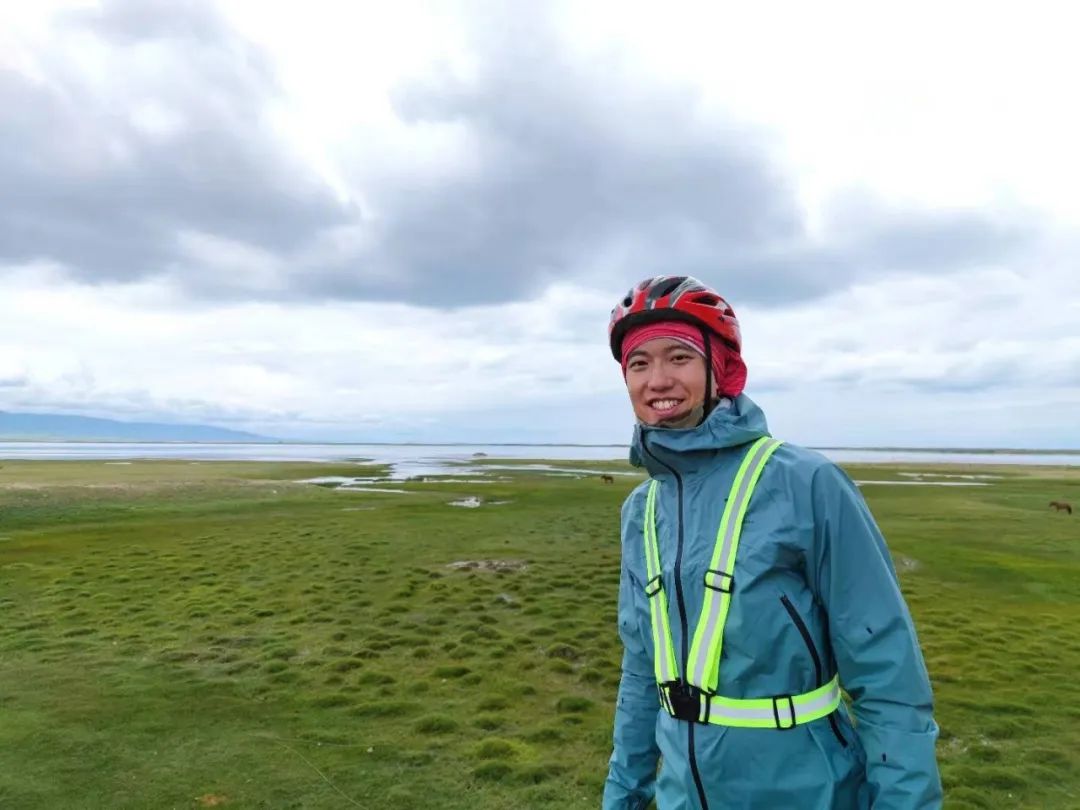
Q6
What do you see as one of the biggest challenges with patients?
For me, the communication gap between patient and doctor is one of the biggest challenges. Medicine is a unique field, and there is a very unequal information distribution between patients and doctors. Additionally, each patient has a different level of knowledge and I can’t always explain directly to them using medical terms. Therefore, I need to find ways to use some visual metaphors to help patients understand what is happening to their bodies and what the treatment is doing. Using the right metaphor is not a simple matter.
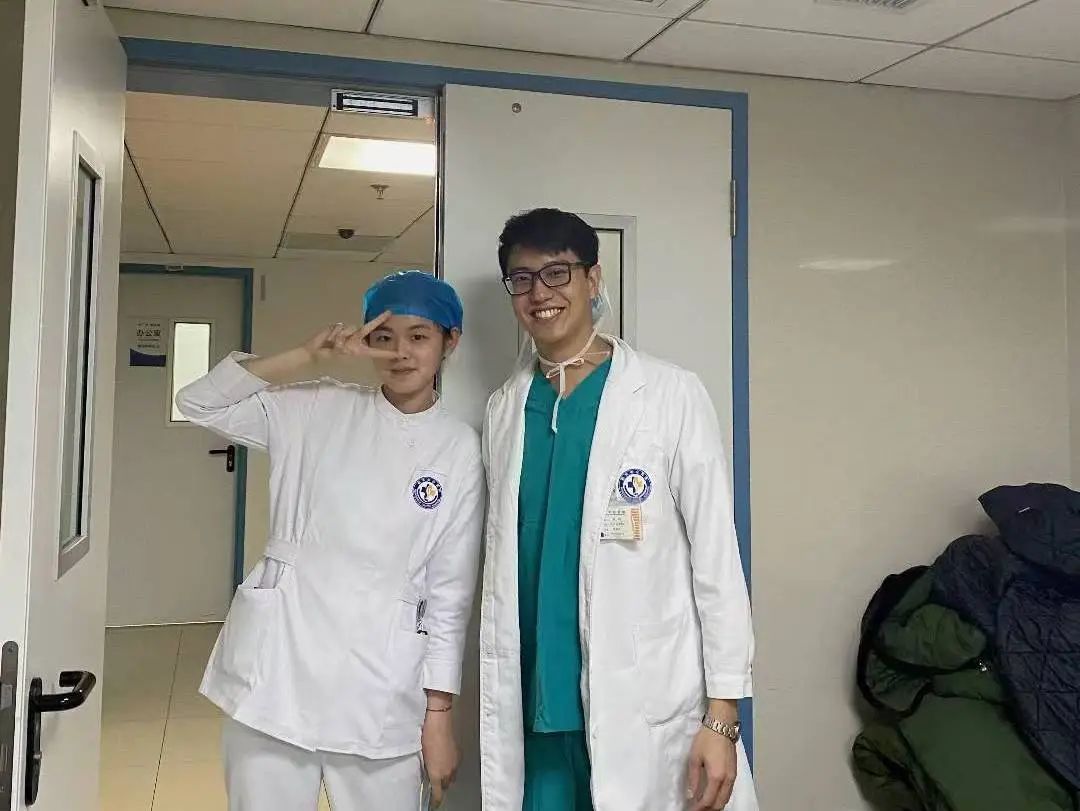
For example, when patients ask me the difference between muscle stretching and massage, I tell them: “The muscle or fascia in question is like a knotted plastic bag. Stretching can stretch the entire plastic bag, but the knot will still be there. Likewise, massage can effectively open the knot, but it cannot restore the elasticity of the plastic bag itself. Therefore, manual massage and stretching need to be used together to achieve better results.”
Q7
Do you have any interesting patient stories to share from your experiences?
I once encountered a 19-year-old young female patient who suffered comminuted fractures of both knees in a serious car accident. In order to repair her knee joint, we performed several complex reconstructive surgeries in stages. The whole process was quite honestly painful for her, but the patient and her family remained optimistic and faced each challenge with strength. Unfortunately, although the surgery successfully repaired the fracture and damaged joint surface, due to the lack of professional post-operative team support at the time, the patient’s joint angle was still limited and not restored to an ideal level.

This case made me think deeply: does the success of the operation mean that this is the patient’s limitation? The answer is obviously not this, especially for younger patients or patients with exercise needs, surgery is only part of the treatment. In fact, this is a problem that transcends individuals, because in China, post-operative rehabilitation treatment still does not receive enough attention, both from surgeons and from patients themselves. Therefore, I often tell my patients that surgery is only the first step, and post-operative recovery is a long and important process that requires our joint efforts to overcome.
Q7
Well said! Thank you for sharing. Could you highlight some of your specialities for us?
My areas of expertise are sports medicine and orthopedics, and I specialize in dealing with the following types of problems:
• Joint injuries (such as soft tissue injuries to the knee and ankle)
• Low Back Pain
• Post-operative rehabilitation management, including functional recovery after fracture surgery and ligament reconstruction
• Sports injury prevention and performance improvement for athletes
The vast majority of orthopedic surgeons focus on surgical treatment and technical research, so in routine outpatient clinics, in-depth diagnosis and advice are usually not given to patients who do not require surgery. Unlike traditional orthopedic surgeons, my background is in sports medicine, and I am also a sports enthusiast. Therefore, I am able to make accurate diagnoses from structural problems, while also focusing on functional disorders and identifying causes that are often overlooked, but still create trouble for patients.

During treatments, I place special emphasis on a personalized, comprehensive treatment plan. For example, when I work with patients with soft tissue injuries, I will combine physical therapy, sports training and injection treatment when necessary. For patients with post-operative rehabilitation, I will work with the treatment team to help them gradually restore their function and prevent further injuries. For athletes, I pay more attention to sports protection and improvement of sports performance, ensuring that they can not only return to the competition safely, but also break through their own sports performance bottlenecks.
Q8
It sounds like you combine the best methodologies from your experience to create the best solutions for your patients. What would you say is your approach to helping patients heal?
Before talking about how to heal patients, I think the most important point is to help patients regain confidence in their bodies. This is a critical starting point for treatment. After being injured, many patients will instinctively avoid actions that cause pain quite simply, because of the pain. Over time, the brain will form a self-limiting neural control mechanism, causing patients to mistakenly think that the movement “is not possible.” Coupled with the torture of long-term pain, some patients with a long course of illness may even give up believing that they can recover. At this time, I will use some effective treatments to allow patients to experience immediate relief, and at the same time educate them to correctly understand the nature of the disease. Only when patients gain confidence in themselves and believe that they can defeat the disease step-by-step with the support of our team can treatment truly have a foundation.
During the actual process of the treatment, I always believe that we first need to accurately diagnose. Only on the basis of an accurate diagnosis can a practical treatment plan be formulated for the patient. This requires not only paying attention to the disease itself, but also finding the root cause of the disease – what is hidden behind the symptoms. For this reason, I usually spend a lot of time on consultation and physical examination, combined with imaging examinations, to ensure that the diagnosis is accurate.
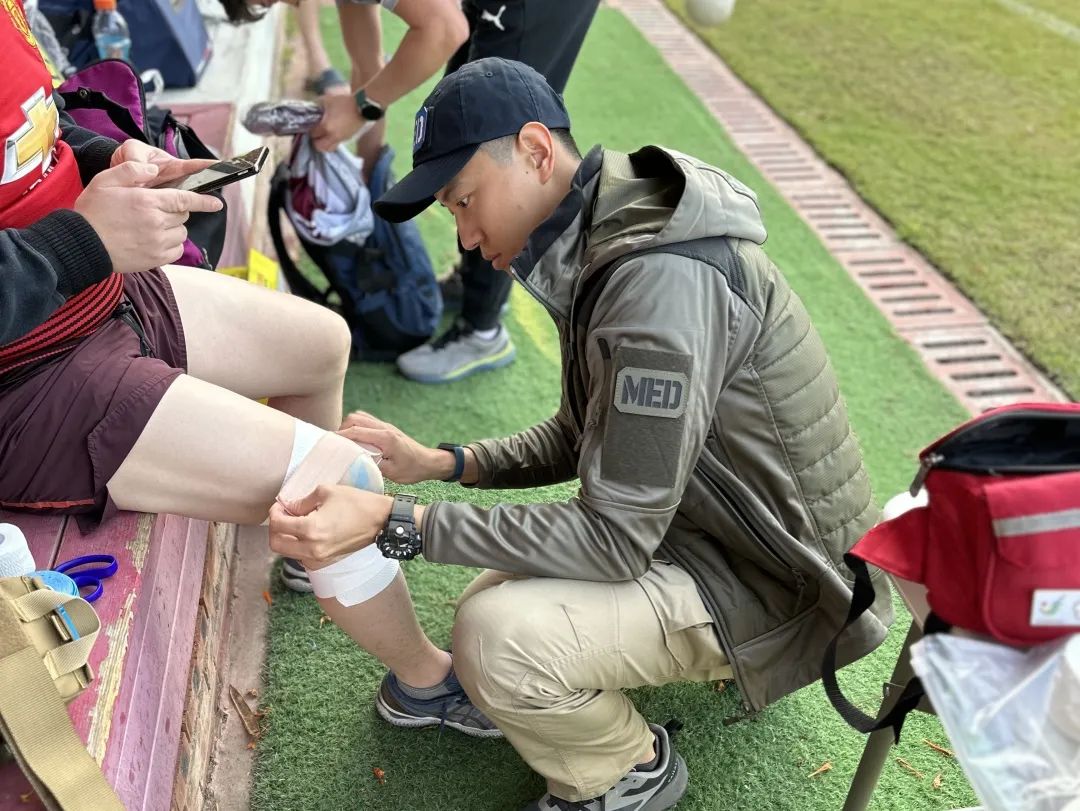
Once there is a clear diagnosis, the next step is to develop a personalized treatment plan. Treatment is a comprehensive process involving multiple levels of physical and psychological conditioning. I will conduct a comprehensive assessment from both the perspective of structural problems and functional impairments, and work with the patient to set clear treatment goals and “accessible options.” Why the emphasis on accessibility? Because in general public hospitals, patients can usually only learn one or two simple movements to practice, but most people are unable to complete the correct training movements alone, let alone will persist for a long time. Therefore, it is particularly important to design a practical and feasible plan for patients.

For patients who require surgery, I pay special attention to pre- and post-operative recovery. Good pre-operative rehabilitation can not only improve the surgical effect, but also shorten the post-operative bed rest time. Such an important link is precisely something that most domestic surgeons do not pay attention to. Post-operative rehabilitation is the key to treatment. Through physical therapy, sports training and other rehabilitation methods, we not only help patients regain their athletic ability, but also improve their quality of life and reduce the risk of re-injury.
Curing patients can never be accomplished by doctors or single treatment methods alone, but requires the joint efforts of patients, doctors and the entire team. My goal is not only to help patients regain their health, but also to help them trust their bodies and regain their confidence in life.

本篇文章来源于微信公众号: 上海优复康复医学门诊部

